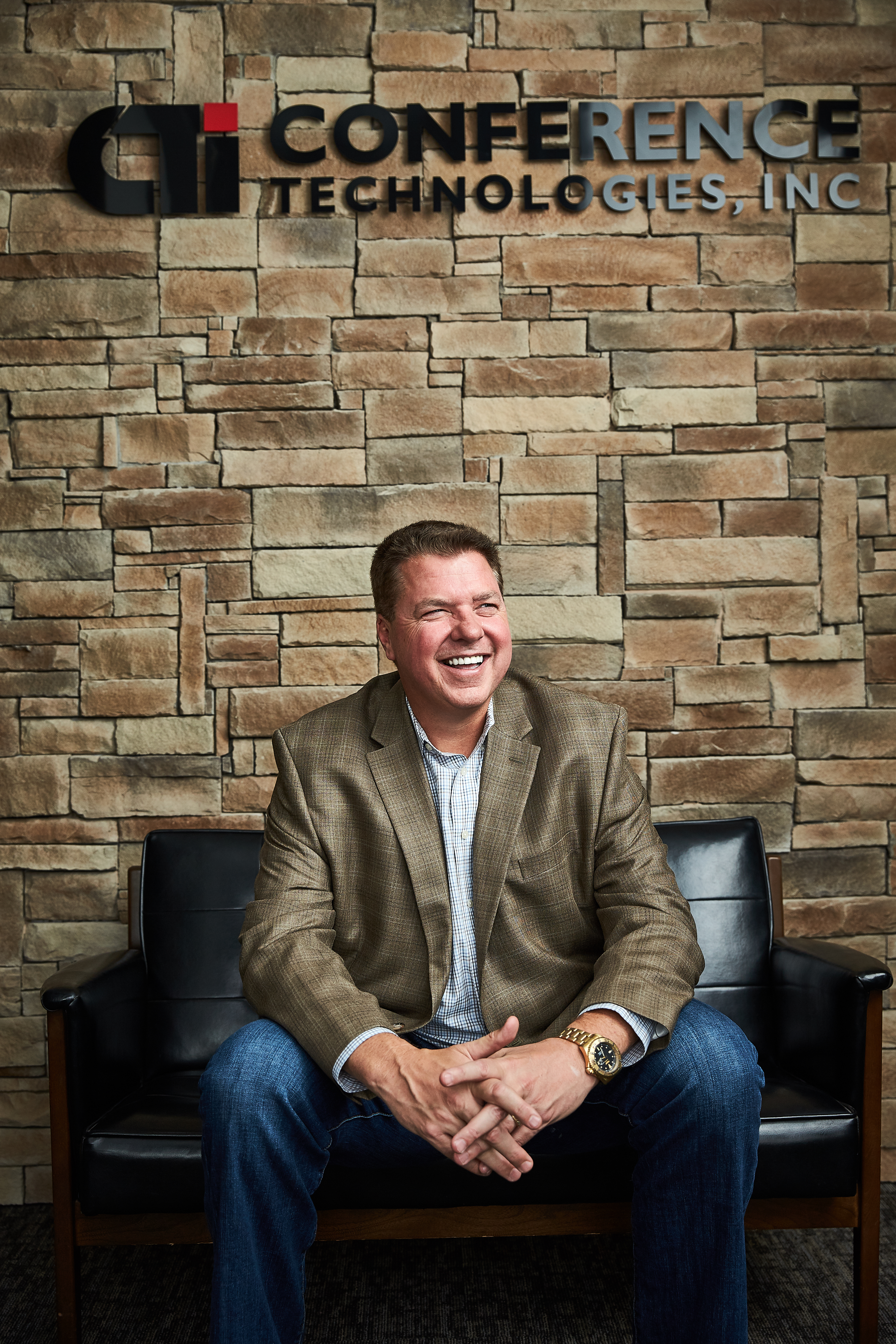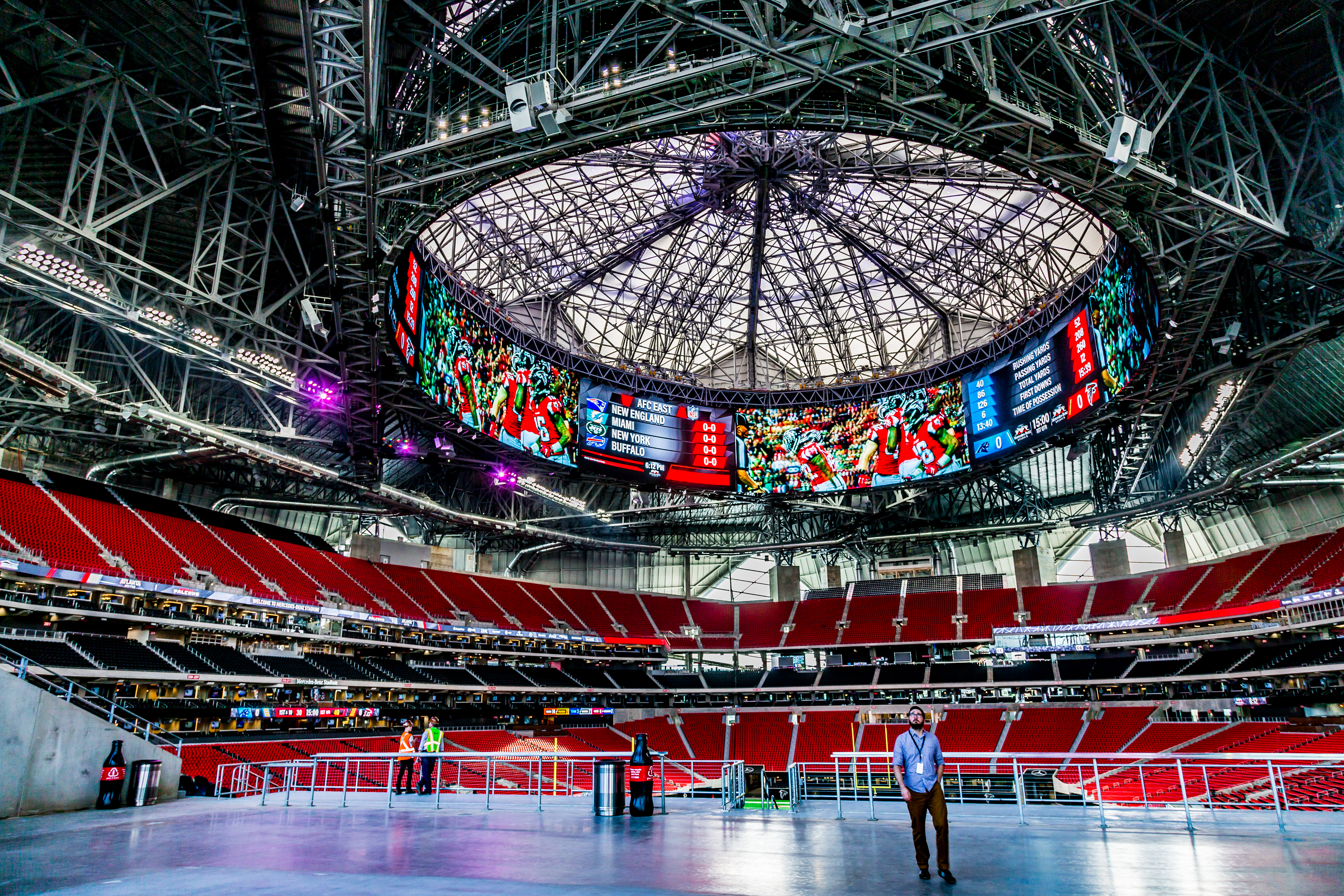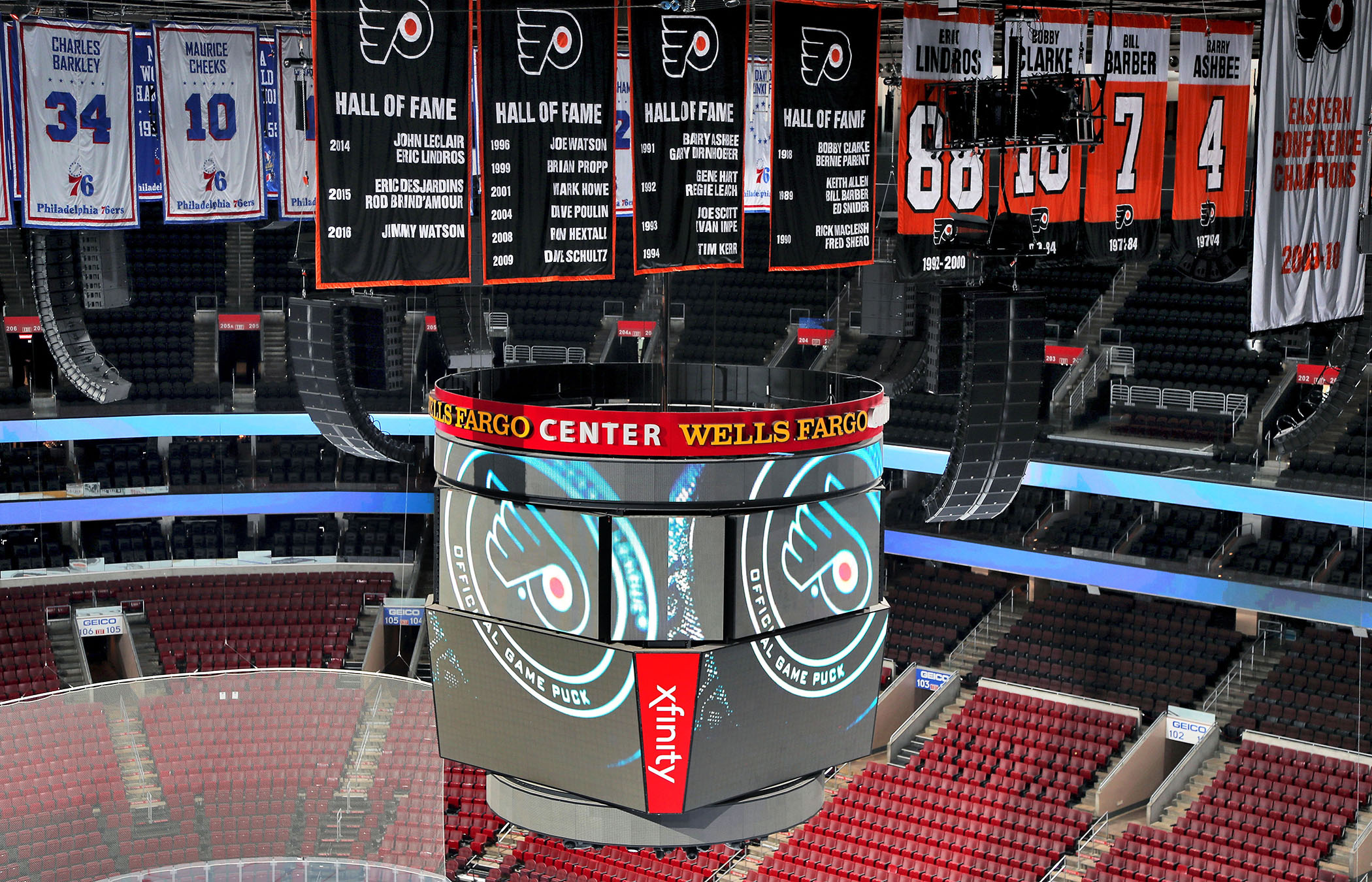Venues and events were expected to produce $27.7 billion in pro AV revenue in 2018, according to AVIXA. In fact, the organization’s Market Opportunity Analysis Report: Sports Venues says nearly all venue executives surveyed planned to upgrade their audio equipment in the next 12 months.
It’s clear that venue owners are placing increasing emphasis on the quality of the sound experience in stadiums and arenas, and there are huge opportunities for integration firms in that segment of the market. What are the biggest trends and need-to-know bits of info? SCN takes a look.
Working with Architects
Architects are often the first partner brought into a stadium project, whether it’s a brand new arena or an upgrade to the audio system in an existing stadium. This can put integrators in an awkward position because they didn’t have a seat at the original table.

“The challenge we typically face on large-scale projects is reconciling the architect’s vision and the consultant’s specifications with the budget and the schedule,” said Kevin Ivey, sports and entertainment project developer, Baker Audio Visual. “Compromises must sometimes be made, and we must be careful and diligent to preserve the original design intent and provide a system that performs to specifications and to the owner’s satisfaction.”
Forming strong relationships with architects, consultants, and acousticians can help alleviate pain points during this process. In addition, integrators should make architects aware of the benefits they can bring to the table.
“The most critical, and often overlooked, way that architects can help make their [own] lives easier and help ensure a seamless execution is to engage the AV integrator early in the design process alongside the AV consultant,” Ivey said.

“Joining forces in the early stages of project planning allows for timely collaboration among architects, AV integrators and consultants to clarify what all parties want to achieve, [which helps] build a relationship that fosters efficiency, productivity, and fiscal responsibility,” added John Laughlin, CEO and president, Conference Technologies Inc. (CTI). “When AV integrators work with architects from the beginning of a project, they can incorporate a functional technological space into a building’s design. This translates to a lower cost for the client and a clearer interpretation of the architect’s vision for each room. Early planning makes technologically complex collaboration spaces a reality.”
Bringing integrators on earlier in the process also allows them to get a sneak preview of the building materials. “Standard structural build materials found in stadium/arena designs—like exposed concrete, steel, and glass—can exacerbate sound issues by adding to the sonic bounce,” Laughlin said. “Since modern-day designs need to consider so many alternative event configurations, like baseball, football, concerts, etc., and unique spaces like suites, event plazas, amphitheaters, and club spaces, we design audio solutions that capture the distinctive needs of all events and spaces individually.”
“While there is a consistent effort to control the audio reverberation in the bowl space of stadia and arenas, there is little that can be done regarding construction materials like concrete and glass, which have highly reflective properties that can adversely affect the audio by increasing the ‘tail time,’ or the time it takes the audio energy to decay within the space,” added Ivey. “Architects follow their best practices to ensure that there will be ample coverage of the seating areas, and acousticians help tune the audio performance of the space with the systems integrator.”
Networked Audio
Networked AV is on the rise in general, but in stadiums and arenas, it’s become the norm.

“I think it’s safe to say that most every recent build or renovation of large sports venues has integrated networked audio—and video—by necessity and for installation efficiency,” said Dave Howden, technical services, Biamp/Community Professional Loudspeakers. “With the number of audio sources increasing daily in venues, the ability to bundle these on a dedicated single network, or perhaps the building managed network, just makes sense from an infrastructure and distribution standpoint.”
As an example, Ivey pointed to a project Baker Audio Visual handled at the Mercedes-Benz Stadium in Atlanta, where networked audio (and video and control) were integrated on a central gigabit passive optical network (GPON), which he said is “the most important technical milestone” achieved at the venue.
“Specifying and installing the widest-ranging and most robust infrastructure available and affordable at the time creates the highways on which all future media and control signals will travel,” Ivey said. “With everything now conducted via IP-based protocols, AVC becomes a matter of managing the traffic on the physical network. Having that network in place, with suitable redundancy and ample bandwidth for growth, means the owner can make changes and additions to the fan experience without substantial rework of the signal paths.”

Laughlin agrees with the importance of creating a path for growth. “A well-designed network with the right choice in protocols will give you near-infinite flexibility,” he said.
As for the future of networked audio, Howden believes the industry will move toward large-scale AV integration on the same network through SMPTE ST-2110 standard integration, which also supports AES67. Plus, “wider bandwidth data paths for AV [10 Gb+] will be a requirement, so even if a facility does not have that sort of bandwidth needs now, plan for it in the future on the network side.”
ADA Considerations
The Americans with Disabilities Act (ADA) requires public facilities to provide equal access to people with disabilities, including those individuals who have hearing difficulties. It is the responsibility of AV professionals to ensure stadiums and arenas are compliant and provide an excellent audio experience for all.
“ADA standards are exacting and require careful consideration when designing and installing a system,” said Laughlin. “Following ADA guidelines ensures that even those with disabilities can fully experience what the AV system has to offer.”
“When most people think of ADA, they think of ramps and access points, but we focus on assistive listening devices for the hearing impaired,” Ivey said.
[Making Stadiums and Arenas Accessible to Everyone]
ADA regulations specify the minimum number of assistive listening devices required based on seating capacity. Integrators must design a system that is “scaled accordingly, including a distributed antenna system and ample receivers, earphones and charging stations,” according to Ivey.
Howden says arenas are generally deploying RF-based listening solutions and must give careful consideration to the frequencies used to ensure reliable operation. In addition, integrators should pay attention to the types of antennas used and where they are located in the venue to ensure optimal performance.
“The evolution of Wi-Fi-based hearing assist systems is underway, which adds the networking layer and possible prioritization of these feeds on networks,” Howden concluded. “We will see more ‘bring your own device’ [BYOD] options in the ADA space before long with the proliferation of whole-venue Wi-Fi networks.”
Avoiding Sound Spillage
Some of the world’s most famous stadiums—like Chicago’s iconic Wrigley Field—are located in highly populated urban areas. In order to be a good neighbor, these city stadiums are required to keep the noise down. How can integrators minimize the sound that escapes into the surrounding environment?

“Selecting a loudspeaker system for stadiums involves a long and rigorous exercise of understanding the venue itself: its configuration, the materials used, the types of events that will be served,” said Dan Palmer, business development manager, sports facilities—U.S.A. and Canada, L-Acoustics. “And clearly, with many of the venues located in prime city space, consideration of the neighbors is crucial.”
At CTI, Laughlin and his team put the “theory of sound propagation into practice.” The group researches the radius of the speakers and then creates a map. “It can be something as simple as the location and/or placement of speakers in a particular zone or geographic direction that can control how sound radiates in and out of the stadium and into adjacent neighborhoods,” he said.
However, Laughlin cautions integrators to take other considerations—like temperature, volume, structural density, and frequencies—into account when calculating the radiation of sound outside of the stadium.
For less sound spillage, Ivey advises a transition away from point source systems and toward distributed loudspeaker systems, which are able to direct the audio over a greater area at a lower energy level. “Shaping the coverage pattern is possible with the arrangement and processing of speaker arrays, where the frequency range necessary for proper sound pressure levels and intelligibility can be managed and blended with surprising precision,” he said. “However, the lower frequencies, which carry further and take longer to decay, will inevitably be heard outside of the stadium envelope.”
“Ultimately, careful system design and installation remain the most efficient way to achieve the best results,” Ivey concluded. “Once you’ve achieved optimum system design, careful application of DSP and signal processing can be applied.”
The Premium Experience
These days, everybody is looking for an upgrade—including stadium execs thinking about audio systems.
Part of the challenge those executives face is competing with the viewing experience people enjoy in their own homes. Most of the time, fans can watch a game from their couch—without having to worry about ticket prices, traffic, parking, etc. “The thought is that having a smaller number of seats in stadiums and arenas allows for a more personal and intimate live experience,” said Laughlin. “By incorporating a variety of new technologies into the design, construction, and operation of sports facilities, we can assist organizations to not only meet the home viewing experience, but to exceed it.”
Ivey agrees: “Within the premium seating spaces, the expectation is an immersive entertainment experience rivalling a home hi-fi or theater system. More premium audio components and processing are reaching the suites and club spaces as a result.”
Those in the standard seats have also upped their expectations. “Intelligible spoken word and music reproduction has become more important as fans have become more discriminating regarding their individual experience,” said Ivey. “While coverage and SPL are certainly important, and the system must perform well to be heard above the noise of the crowd at its peak, high SPL does little good when the content cannot be understood or enjoyed by the fans.”

“AVIXA recently released a study indicating that audio is a key factor to satisfaction and, more importantly, to repeat business of the fans who attend events in sports venues,” concluded Palmer. “Audio quality was the element that correlated most with their overall satisfaction. That’s a strong message to any sports venue. Audio should be prioritized at a high level.”
